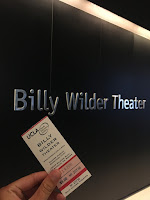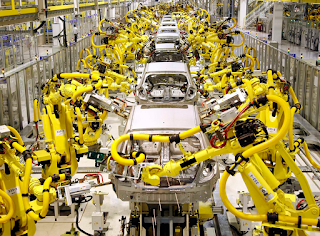Week 4- Medicine + Technology + Art

This week’s content was very eye opening for me, as I did not realise the connection between the medical world and art. At Professor Vesna opened the lectures in discussing the history of medicine and that if it were not for art, the medical community would not have made as much progress as they have. The study of the human anatomy in early medical days would not have been possible without anatomical drawings for the doctors and the scientists to study from and learn off of. Looking into modern medical fields and the way art interacts, Professor Vesna discussed the use of Grey’s Anatomy. This Book published by Henry Grey, was first issued for medical purposes however it appeal has shifted over the generations and now almost every artist that uses the human body has this book on their shelf. Many times although in this class I have only every thought about art in the form of paintings and pictures. It wasn’t until this discussion that I realised the technological advances in ar


